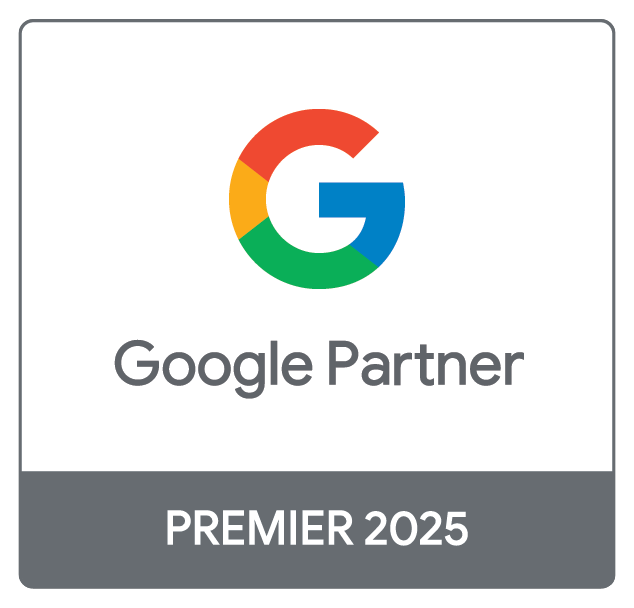Each and every platform has already incorporated some degree of automated bidding.
More and more advertisers are leaning from a straight-up “no” to “it depends” when asked about shifting the control over bids to a machine.
Industry data shows that correctly implemented automated bidding definitely can outperform human-managed bids.
An important aspect to remember is that your goals need to be aligned with your budgets, otherwise, the automation is likely to provide less desirable results.
Also, some campaign settings will become irrelevant after implementing automated bidding.
All of the points above can cause an individual to ask - “Is it still relevant to adjust device bids, segments, locations and ad schedule when running campaigns with Google’s smart bidding?”.
Throughout this article, I am going to cover the differences between manual and automated bidding. Furthermore, I’ll clarify which of the automated bidding strategies allow Google Ads users to “have their say” and provide suggestions for deciding whether to incorporate automation or continue with manual bidding.
What are the differences between manual and automated bidding?
Manual bidding is the most obvious one: a Google Ads user sets the bids and utilises bid adjustments to point the budget towards or away from certain people, times, devices and places. Users can decide to incorporate scripts to automate manual bidding practices, which makes it closer to the real-time bidding which is found in automated bidding strategies.
Automated bidding strategies can be split into two categories: strategies that are focused on goals like conversions or return on ad spend (ROAS), and strategies which are aimed at other goals, for example, clicks or target impression share.
The first group of automated strategies when set on an individual campaign level allows users to only change parameters like the budget or the goal-related one; either target cost per acquisition or target return on ad spend. These are the only settings that you can use to point Google with, as it will not take into consideration people, times, devices and places. It’s worth mentioning that there is a hidden way to add a minimum and a maximum bid limit in these two strategies but it’s only available if done as a portfolio strategy (you will need to look for it in the advanced options).
The second group of automated strategies allows users to change budgets and maximum cost-per-click limits. Other than that, the manual adjustment limitations are exactly the same as in the first group.
Which bidding strategies give users options for manual adjustments?
Here is a summary of the available manual adjustment options for each of the qualified bidding strategies:
Manual Bidding (ECPC)
- Positive Bid Adjustments (increases bid): device, location, audiences, and schedule.
- Partial Negative Bid Adjustment (lowers bid): device, location, audiences, and schedule.
- Full Negative Bid Adjustment (exclusion): device, location, audiences, and schedule.
Maximise Clicks Automated Bidding
- Positive Bid Adjustments: N/A
- Partial Negative Bid Adjustment: N/A
- Full Negative Bid Adjustment (exclusion): device, location, audiences, and schedule.
Target Impression Share Automated Bidding
- Positive Bid Adjustments: N/A
- Partial Negative Bid Adjustment: N/A
- Full Negative Bid Adjustment (exclusion): device, location, audiences, and schedule.
Maximise Conversion Value Automated Bidding
- Positive Bid Adjustments: N/A
- Partial Negative Bid Adjustment: N/A
- Full Negative Bid Adjustment (exclusion): device, location, audiences, and schedule.
Maximise Conversions Automated Bidding
- Positive Bid Adjustments: device, location, audiences, and schedule will allow for a higher Target Cost-Per-Acquisition (CPA) goal.
- Partial Negative Bid Adjustment: device, location, audiences, and schedule will allow for a lower Target Cost-Per-Acquisition (CPA) goal.
- Full Negative Bid Adjustment (exclusion): device, location, audiences, and schedule.
In what situations should you choose manual vs. automated bidding?
Firstly, budget is the main deciding factor when deciding between manual and automated bidding strategies.
For automated bidding to work optimally the machine learning cycle cannot be limited by a lack of data, which can be caused by a lack of budget. Therefore if you’re limited by the available budget then the Manual CPC strategy is the way to go.
If you choose the manual route then it’s ideal to keep the bids conservative and go aggressive on the bid adjustments.
If you’re managing a big account or need to often make real-time adjustments then it would be definitely suggested to utilise scripted bid adjustments.
Fully automated bidding strategies make perfect sense if you are not limited by budget constraints. Always make sure to utilise the adjustment categories to narrow down the focus of the strategies and have as much control over them as possible.
